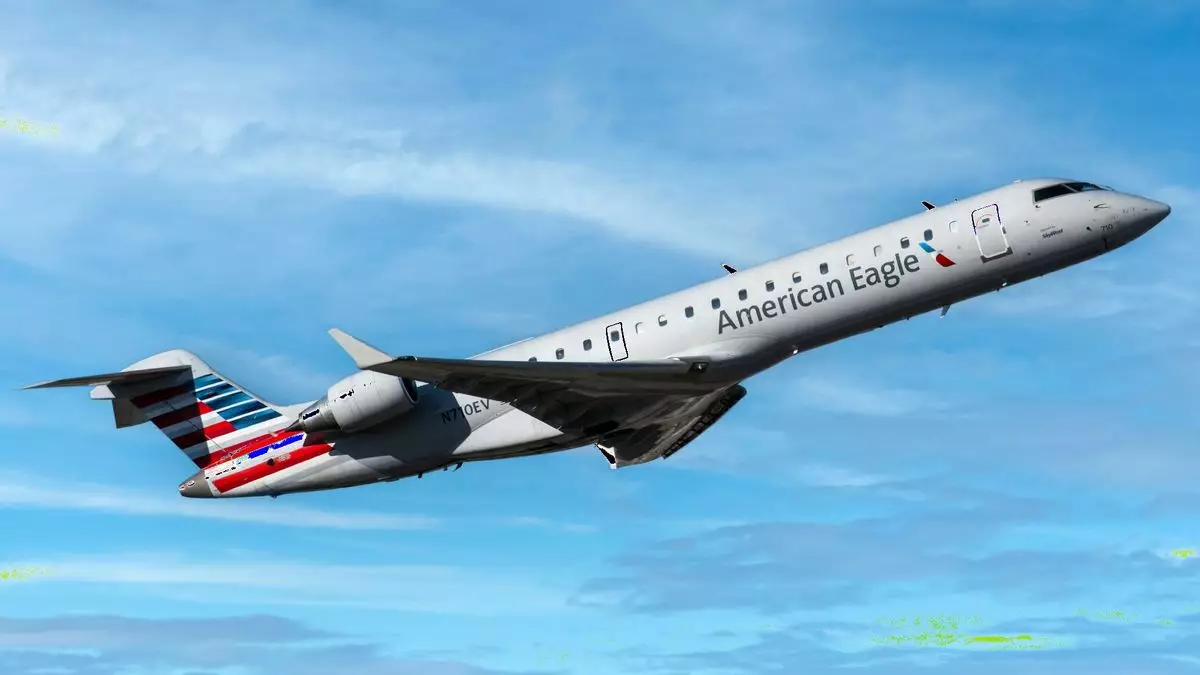The recent pilot hiring pauses by major airlines like United and Southwest may suggest that the pilot shortage crisis in the U.S. airline industry has come to an end. However, the reality is far more complex. While mainline carriers have managed to overcome their pilot shortages, regional carriers are still facing constraints due to a shortage of captains. This has been exacerbated by Boeing delivery delays and Airbus maintenance issues.
The good news is that the hiring slowdown at mainline carriers could provide an opportunity for regional airlines to catch up. With the record pilot attrition that regional carriers experienced in 2022 and 2023, this pause in hiring could allow them to grow their operations and potentially bring larger aircraft back into service, thereby expanding their routes and increasing demand.
The Impact on Major Carriers
The pilot hiring slowdown among major carriers is evident in United’s decision to pause hiring due to Boeing delays, along with Southwest’s indefinite pause on hiring. This broader slowdown is reflected in the fact that the largest mainline U.S. airlines hired fewer pilots in the first two months of this year compared to the previous year. It was inevitable that this hiring pace would slow down, given the significant increase in pilot recruitment by major carriers over the past few years.
These mainline carriers had been hiring pilots at a rapid pace, leading to shortages in their own regional networks. For example, as of January, SkyWest, the largest U.S. regional carrier, was approximately 1,000 pilots short of its pre-pandemic number. While first officers are no longer in short supply, the lack of available captains has resulted in grounded aircraft for these regional carriers.
Challenges Faced by Regional Carriers
The shortage of captains at regional carriers has forced them to take drastic measures to attract and retain talent. The average first-year pay for a U.S. regional pilot has increased significantly, and some carriers have even offered hiring bonuses of up to $200,000 for direct-entry captains. This has put pressure on the finances of these regional carriers, but it has been a necessary step to address the shortage of experienced pilots.
Looking ahead, the long-term pilot supply outlook remains uncertain. Consulting firm Oliver Wyman has estimated a persistent pilot shortfall across North America for the next decade, with challenges expected to continue even if pilot certification levels remain high. Mandatory retirements at age 65 and industry growth will add to the complexity of resolving the pilot shortage crisis.
While the pilot hiring pauses at mainline carriers may offer a temporary reprieve for regional airlines, the underlying issues of pilot shortages and the need for experienced captains remain significant challenges for the U.S. airline industry. It will be crucial for all stakeholders to work together to address these issues to ensure the safe and efficient operation of the aviation sector in the years to come.


Leave a Reply